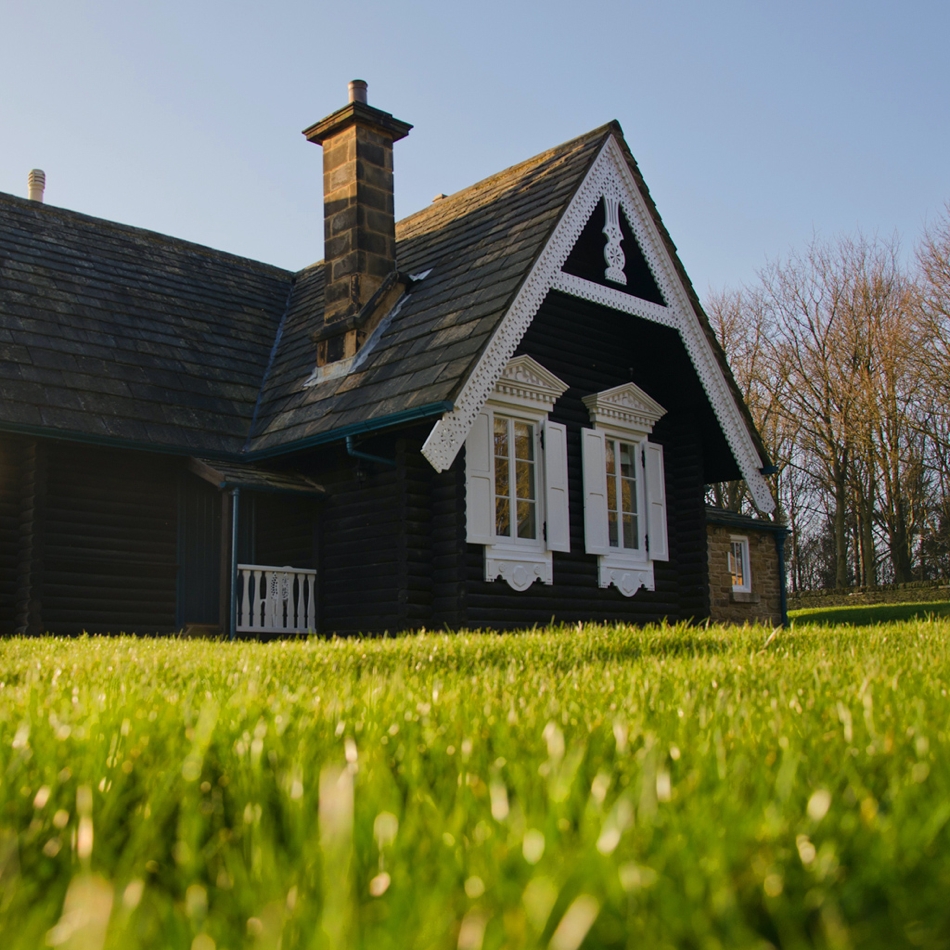History
Chatsworth is the home of the Duke and Duchess of Devonshire, and has been home to the Cavendish family since December 1549. Hundreds of thousands of people visit every year and see Chatsworth’s public face; the house and its contents, the garden and its waterworks, the park, the farmyard and adventure playground. There are shops and restaurants, and free access to miles of footpaths in the park and woodland. The Chatsworth estate itself extends much further, covering 14,000 hectares (about 35,000 acres) of Derbyshire and Staffordshire, encompassing farms, woods, moor-land, rivers, villages, quarries and other industries, large and small.

Image (c) letsgopeakdistrict.co.uk
The estate plays an important role in Derbyshire as an employer, a place of recreation and a contributor to good causes. It is estimated that more than a million people use the estate in some way every year and several thousand depend on it for all or part of their annual income. Between 1949 and 2005, Chatsworth welcomed more than 19 million paying visitors.

Image (c) @StayChatsworth
The use of Linseed Paint
The estate management have always championed linseed paint for use on their estate as it not only prevents the timber from rotting, saving tons on labour and materials. We were approached by Chatsworth Estate in 2014 to see if we could colour-match their eponymous estate blue. They had previously had problems with the quality of the paint supplied by their existing supplier, as well as incorrect information on the addition of zinc white.The blue paint they were supplied always lost its blue and turned grey over time. We easily changed this to make sure that paint was made using the highest possible earth pigments and making sure cobalt blue was used instead of ultramarine (which bleaches by exposure to UV light).We also make sure that zinc white is always added to the paint in the factory, to get the best anti mould-growth properties.
"Brouns & Co linseed paint is tremendously easy to use and very cost effective; it reduces our maintenance cycle, application time in labour and cost in joinery repairs."
Malcolm Hulland, Buildings Contracts Manager at Chatsworth Estate
The Russian Cottage
The Cottage was built following a gift of a model of a Russian Farm to the 6th Duke of Devonshire in 1855 from the brother of Tsar Nicholas of Russia. The Tsar and the 6th Duke had become friends following the Duke's visit to Russia in 1816 when he served as the British Ambassador to Moscow. An exchange visit in 1844 was planned but unfortunately the Tsar had to cancel his visit. Instead the Duke was sent an intricate model of a Russian farmhouse as a reminder and keepsake, from which came the inspiration to build Russian Cottage. (Text from chatsworth.org) The old pine is treated with Tar Oil whenever it starts to fade too much, on average every 5-7 years, depending on the elevation.

Products used by and on Chatsworth Estate
